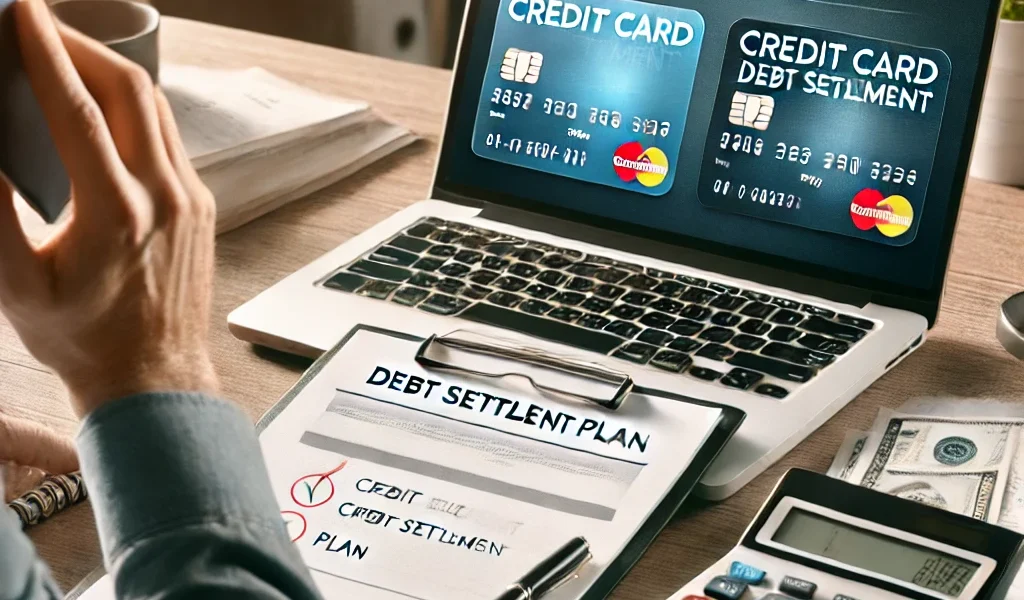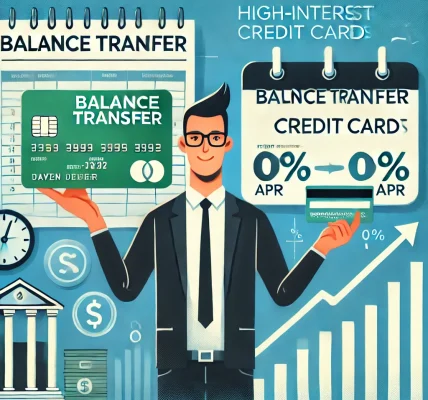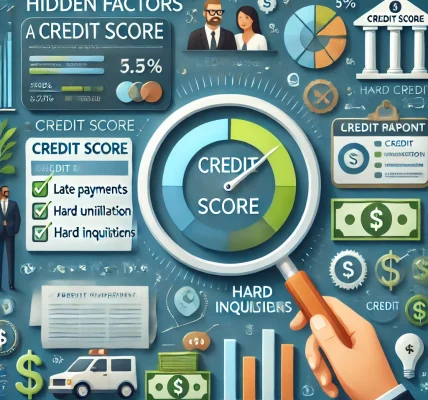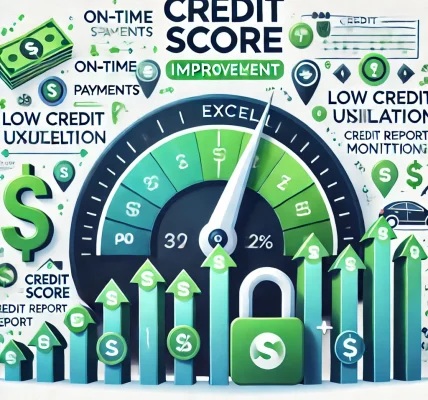Introduction
Struggling with credit card debt? You’re not alone. Millions of people face financial difficulties due to high-interest credit card balances. The good news is that you can negotiate and settle your debt without hiring expensive professionals. By using the right strategies, you can reduce your debt burden and regain control over your finances—all while staying within legal and ethical guidelines.
In this guide, we’ll walk you through smart, legal, and effective ways to negotiate and settle your credit card debt. This DIY approach will help you avoid legal pitfalls, protect your credit score, and achieve financial freedom faster.
Understanding Credit Card Debt Settlement
Debt settlement is the process of negotiating with your creditors to pay less than what you owe. Creditors may agree to settle for a reduced amount because they prefer receiving partial payment rather than nothing if you default.
When Should You Consider Debt Settlement?
- You are unable to make minimum payments due to financial hardship.
- You have large outstanding balances with high-interest rates.
- You want to avoid bankruptcy, which has severe long-term consequences.
- Your account is already in collections, and you want to resolve it.
Important: Debt settlement may temporarily affect your credit score, but it’s often a better alternative to defaulting or filing for bankruptcy.
Step-by-Step Guide to Negotiating and Settling Credit Card Debt
Step 1: Assess Your Financial Situation
Before you start negotiations, review your finances:
- List all credit card balances with interest rates.
- Determine how much you can realistically afford to pay as a lump sum or in installments.
- Check if your accounts are delinquent or in collections.
Step 2: Know Your Options
There are three common ways to settle credit card debt:
1. Lump-Sum Settlement
- You offer to pay a reduced amount in one payment (often 40-60% of the total balance).
- Creditors prefer this option because they recover money quickly.
2. Hardship Payment Plan
- You negotiate for a lower interest rate or temporary reduced payments.
- Best for those who cannot make lump-sum payments but want to stay current on their accounts.
3. Debt Management Plan (DMP)
- A nonprofit credit counseling agency negotiates better terms for you.
- Helps you pay off debt in 3-5 years with lower interest rates.
Step 3: Contact Your Credit Card Issuer
Once you’ve chosen a settlement method, call your credit card company. Be polite but firm.
Tips for a successful negotiation: ✅ Call the right department: Ask for the “debt settlement” or “hardship” department.
✅ Explain your situation: Mention financial hardship (job loss, medical emergency, etc.).
✅ Start with a low offer: If you can afford 50%, offer 30% and negotiate up.
✅ Get everything in writing: Before making any payment, request a written agreement.
Step 4: Negotiate Like a Pro
- Use the right language: Instead of saying “I can’t pay,” say, “I want to resolve this debt, but I can only afford a partial payment.”
- Mention alternative options: If they refuse, remind them that bankruptcy or default would result in them getting nothing.
- Be patient and persistent: Some creditors may decline initially, but you can call back later and get a different representative.
What to Do After Reaching a Settlement
Once you have a settlement agreement, follow these steps to ensure a smooth resolution:
1. Get Everything in Writing
✅ Settlement offer letter from the creditor. ✅ Agreement stating the exact amount to be paid. ✅ Confirmation that the remaining debt will be forgiven.
2. Make Payments As Agreed
- Pay only through secure methods (bank transfer or cashier’s check).
- Avoid using personal checks or credit cards for settlement payments.
3. Monitor Your Credit Report
- Credit reports may show the account as “Settled” or “Paid as Agreed”, which is better than “Charged-Off.”
- If the agreement includes deleting negative marks, check your report after 30-60 days.
Pros and Cons of Debt Settlement
✅ Pros
✔ Reduces the total amount owed.
✔ Helps avoid bankruptcy.
✔ Provides financial relief faster.
✔ Stops creditor harassment.
❌ Cons
✖ May temporarily lower your credit score.
✖ Not all creditors agree to settlements.
✖ May have tax implications (forgiven debt over $600 may be taxable).
Alternative Strategies if Settlement Fails
If your creditor refuses to negotiate, consider these options:
1. Balance Transfer Credit Card
- Transfer high-interest debt to a 0% APR credit card.
- Saves money on interest and simplifies payments.
2. Debt Consolidation Loan
- Take a personal loan with lower interest to pay off multiple cards.
- Helps improve credit utilization ratio.
3. Credit Counseling Services
- Nonprofit agencies help create a structured repayment plan.
- Offers financial education to avoid future debt problems.
Avoiding Scams and Legal Pitfalls
Many debt settlement companies promise to eliminate your debt but charge high fees and may damage your credit further.
Red Flags to Watch Out For:
❌ Companies demanding upfront fees before settling your debt.
❌ Promises to remove all negative marks from your credit report.
❌ Advising you to stop making payments before a deal is confirmed.
✅ Always negotiate directly with creditors or work with reputable nonprofit agencies.
Conclusion: Take Control of Your Debt Today
Negotiating and settling credit card debt doesn’t have to be overwhelming. With the right strategies and persistence, you can significantly reduce your financial burden while staying legally safe.
Final Tips for Success:
✔ Be proactive—don’t wait until your debt spirals out of control.
✔ Keep detailed records of all communication.
✔ Follow through with payments as agreed.
✔ Avoid scams and work only with trusted financial institutions.




